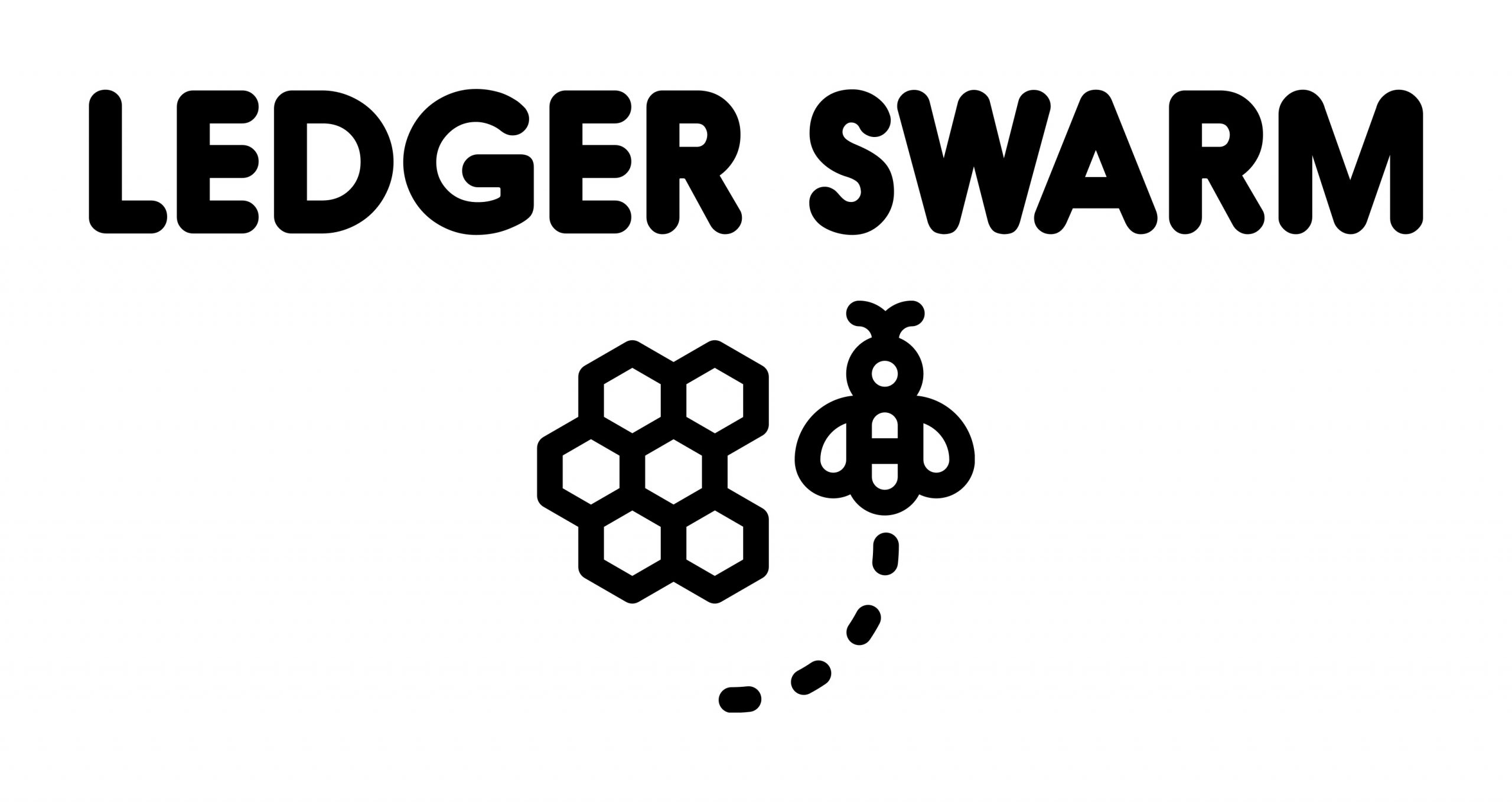London Blockchain Firm SETL Details Bold Approach to Regulating Blockchain

London, 23 July 2021: SETL, the London based blockchain company, today published a whitepaper on how to “Realise the Regulated Internet of Value” based on a multi-asset approach to tokenisation. The paper takes on the thesis that tokenisation provides a path to a more generic way of owning and trading regulated liabilities, such as shares and bonds; maps the details of how this might work; and offers practical steps to bring together regulated DLT and unregulated public blockchains.
In a bold statement, SETL proposes that regulators step into the public blockchain space and require miners to be responsible for changes they propose to the ledger. Anthony Culligan, Chief Engineer and co-author of the paper, notes: “It’s time we opened up this sector to innovation from the regulated financial services sector. This can only happen by ensuring that all transactions on public chains meet the same standards as account-based transactions. Existing mining pools are run by a small number of companies that need to choose a regulated or unregulated future. There is nothing in the original idea of public blockchains that promotes or recommends the current regime so let’s be proactive and put proper public interest at the heart of public blockchains.”
SETL’s paper, ‘Realising the Regulated Internet of Value’, follows a paper by Tony McLaughlin, Emerging Payments & Business Development, Treasury & Trade Solutions, at Citi, entitled ‘The Regulated Internet of Value’, which addresses the path to reconciling the traditional account-based economy with the emerging world of tokens.
SETL proposes that the benefit of tokenisation is that it creates a direct association between the holder and its issuer and alleviates the need for multiple intermediary ledgers. It also creates a unified approach to interact with all types of assets and liabilities. Tokenisation is the construct and DLT is the mechanism to provide the technological foundation to operate a resilient, ubiquitous, programmable network which supports multiple assets and regulated liabilities on a common platform (CBDC, Commercial Bank Money, E-Money, Stable coins & Assets).
SETL’s paper catalogues the challenges that need to be met to bring about a regulated internet of value based on tokenisation. Those include regulation, standards and interoperability. Forming a common understanding between regulators, central banks and the private sector on oversight, protection and stability is key. At the same time, creating open standards enhances competition, while technical interoperability and a deep understanding of the complex mechanics of regulated financial markets will be core.
The analysis details how tokenisation could leverage the considerable work that has gone into making thousands of banks and financial companies operate in today’s world while benefiting from the new technology that is emerging in the blockchain and DLT fields.
Anthony Culligan , Chief Engineer, SETL, said: “It would be a mistake for blockchain technologies to try to reinvent the wheel. As this technology matures and becomes part of global finance it needs to be fit for purpose and interoperable with a range of protocols , standards and ledger systems that exist already.”
Marjan Delatinne, Managing Director Payments, SETL, said: “The collaboration between public and private sectors will lay the foundation for the success of this vision. The support of international oversights in establishing a synergetic relationship between parties is playing a crucial role. We commenced this journey and are looking to engage further in building consensus on the delivery of the Regulated Liability Network.”
Philippe Morel, Chief Executive Officer, SETL, said: “At SETL, we are firm believers in the potential of tokenisation. After being the first DLT firm to deliver live market infrastructures, we are in the process of delivering live tokenisation engines to our clients – maintaining our leading-edge position in the DLT space. We are proud of our super-efficient private DLT and the ability to develop on major Public DLT, according to our clients’ needs. We believe that both Private and (better regulated) Public DLTs have a role to play in tokenising financial assets and liabilities”.
The whitepaper can be downloaded from here.



